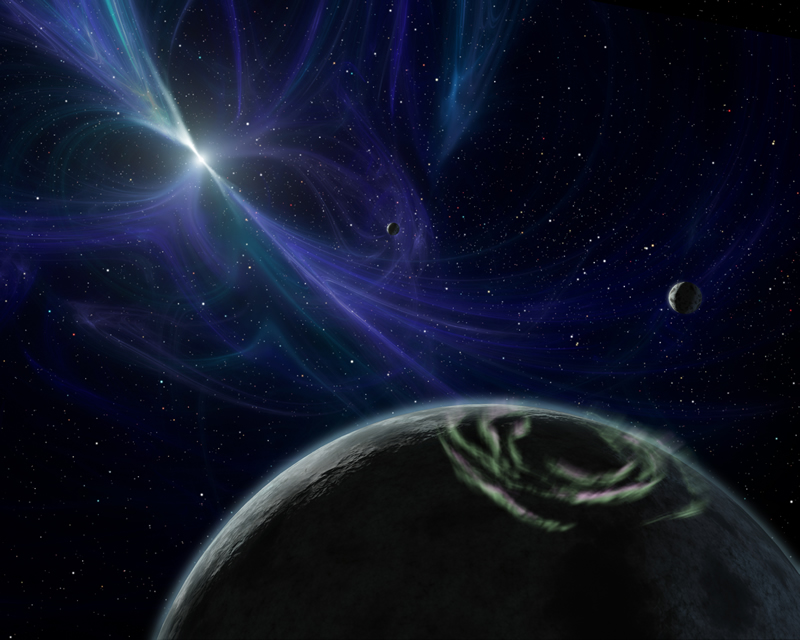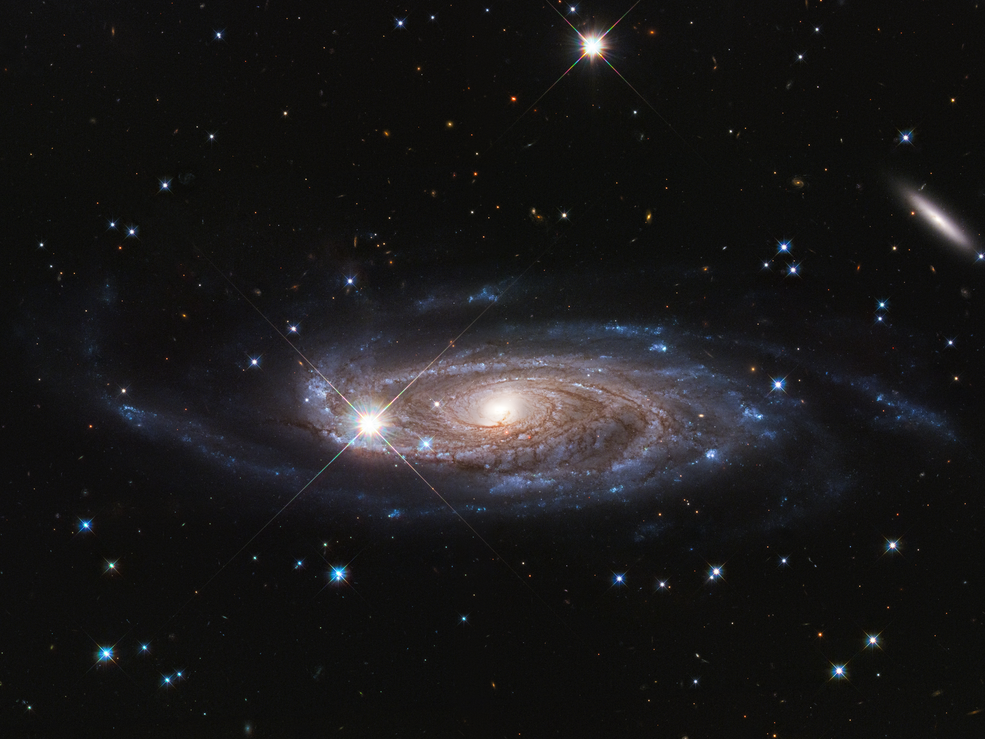
What Will The James Webb Space Telescope Take Images Of?
After decades of hard work, and billions of dollars, the James Webb Space Telescope is not far away from taking some of its first images. Due to Webb’s unique size, type, and goal, the telescope is expected to provide invaluable and one-of-a-kind information about many different things. Here I will go more in-depth into what different exciting information and locations the JWST will observe and find.
The James Webb Space Telescope has four main groups of celestial objects and information it plans to learn more about. This list includes the early universe, galaxies over time, star lifecycle, and other worlds. All of which are meant to help us understand more about the universe we live in and provide an exciting image and goal for the future. With so much still left unknown, Webb is meant to be a great step in the right direction.
After the Hubble was launched and provided some of its first clear images, it shocked and amazed scientists along with the general public. It also helped us understand more about our place within the universe and much more. After learning a lot from past telescopes such as the Hubble, the JWST is meant to be an upgrade in practically every aspect, and show us more incredible things.
Goal Of JWST

While over time we have learned a lot about the universe we live in, there is still so much we don’t know and have yet to see. We have yet to observe the era of our universe’s history when galaxies began to form. There still is a lot to learn about how galaxies got supermassive black holes in their centers, and we don’t really know whether the black holes caused the galaxies to form or vice versa. Even dust clouds present a challenge when trying to see inside and past with high resolution. These same spots are where stars and planets are being born nearby that we want to capture. Not only will Webb look at distant stars and galaxies, but planets aswell. Right now we don’t know how many planetary systems might be hospitable to life, but Webb could tell whether some Earth-like planets have enough water to have oceans. While we still don’t know much about dark matter or dark energy, the JWST like many other things is meant to help us understand more. In addition to all these different celestial bodies and aspects of the universe that we are hoping to learn, there are also expected to be many surprises that were not seen coming.
Information JWST Is Expected To Find

Other Worlds – The first topic that Webb is expected to learn much more about is planets. One of the main uses of the James Webb Space Telescope will be to study the atmospheres of exoplanets. Webb will do this to search for the building blocks of life elsewhere in the universe. This can bring up the question however of how will Webb accurately study exoplanets if it’s an infrared telescope? One method Webb will use for studying these planets is the transit method. This means it will look for dimming of the light from a star as its planet passes between us and the star. Collaboration with ground-based telescopes can help us measure the mass of the planets, via the radial velocity technique. Webb will also carry coronagraphs to enable direct imaging of exoplanets near bright stars. The image of an exoplanet would just be a spot, not a grand panorama, but by studying that spot, we can learn a great deal about it.
Galaxies Over Time – The next important topic the James Webb Space Telescope will investigate is galaxies over time. Galaxies show us how the matter in the universe is organized on large scales. In order to understand the nature and history of the universe, scientists study how matter is currently organized and how that organization has changed throughout cosmic time. From peering into the way matter is constructed at the subatomic particle level to the immense structures of galaxies and dark matter that span the cosmos, each scale gives us important clues as to how the universe is built and evolves. The JWST will observe galaxies far back in time and hopefully answer many of the questions we have. Specifically, by studying some of the earliest galaxies and comparing them to today’s galaxies we may be able to understand their growth and evolution. In addition, Webb will allow scientists to gather data on the types of stars that existed in these very early galaxies. All of which contribute to our greater knowledge of our universe and our place within it.
Star Lifecycle – Another aspect of the universe that Webb will look into is the star lifecycle. When talking about the star lifecycle you will often hear or look at the pillars of creation. The Hubble telescope has taken many photos of it in both visible and near-infrared light. While in the visible light photo practically all the stars are hidden by dust, the near-infrared photo exposes countless numbers of stars and more within the pillars. It’s important to point out that if Hubble which is optimized for visible light, can capture an incredible infrared image, then what will Webb’s photo look like. To put it in perspective Webb is optimized for near-infrared and 100 times more powerful than Hubble. This all will work towards learning about the birth and early evolution of stars and planets. In order to do this, we need to be able to peer into the hearts of dense and dusty cloud cores where star formation begins. Webb’s imaging and spectroscopy capabilities will allow us to study stars as they are forming in their dusty cocoons.
Early Universe – The last topic that Webb is expected to learn much more about that I wanted to mention is the early universe. After the big bang, the universe was like a hot soup of particles such as protons, neutrons, and electrons. When the universe started cooling, the protons and neutrons began combining into ionized atoms of hydrogen and some helium. These ionized atoms of hydrogen and helium attracted electrons, turning them into neutral atoms. This allowed light to travel freely for the first time since this light was no longer scattering off free electrons. This brings us to the topic of shifted light and Webb’s expected impact. Here you have the first stars and galaxies emitting light nearly 13.6 billion years ago that is traveling through space and time to reach our telescopes. By the time this same light reaches us, its color or wavelength has been shifted towards the red. With the JWST being an infrared telescope, these very early galaxies, and stars are meant to be seen and captured by the telescope.
Conclusion
Looking out into the universe, there is still so much that we don’t know. There are a lot of things we have theories and ideas about, that we wish to answer. This is where incredible pieces of technology come into play such as the James Webb Space Telescope. Webb is expected to learn much more about other worlds, galaxies over time, star lifecycle, and the early universe. Even though the JWST is an infrared telescope, there are many different ways it can teach us more about distant planets and other celestial bodies throughout the universe. With the telescope still on its way to L2, we will have to hope for its success and wait to see the incredible information and images it produces over time.
